A machine gun turret was over my shoulder, yet I tried to remain calm as the East German and Soviet police made me sign a confession. It was 1976 and the Berlin wall was as solid as the American dollar back then. Not knowing it was illegal to bring more than the allotted East Marks into the country, my honesty pulled me from passport control and stern looking officers began questioning how I obtained the money and took possession of my passport. I instantly knew I was at their mercy and screaming about my civil rights would do no good in an area controlled by strong Soviet influence. The only other border crossing I had experienced was in Tijuana, Mexico, but this encounter took personal liberties to a new level.
I glanced behind me at Checkpoint Charlie, in the American sector of West Berlin, which was only a short distance away, however, a calculated long distance back to the freedoms I knew. People routinely died trying to escape from the east to the west and now I could understand the black and white choices.
Thirty minutes later, which seemed like an eternity, an officer presented a typed form in large bold print explaining my admission of guilt and confiscation of the money. If I sign, do I get to proceed or will this land me in jail begging the embassy to release me. I was able to pass through doors with a stark lesson about a police state.
Recently, I stood at Checkpoint Charlie and hardly recognized the former border crossing area. Cars, buses and people riding bikes zipped by as if it has always been open. Wall remnants have been saved as a reminder and are decorated by international artists looking more whimsical than when previously topped with threatening curled barb wire.
The Checkpoint Charlie guard shack had become a tourist attraction with people smiling as they had their picture taken on this historical landmark. Souvenir shops lined both sides of the street with different languages being spoken in and around. To delineate from the two different sides, the famous pictures of a US Army soldier and a Soviet soldier still stand tall with their youngish faces facing their assigned area.
I had trouble visualizing where the machine gun towers once stood, and there was no evidence of the passport control office. Grey dismal buildings full of shrapnel had been demolished and modern architectural designs stood in their place. Using a map to orient my bearings, red lines outlined where the wall had been throughout Berlin. Unbeknownst to me, I was staying and dining in the old East Berlin, unrecognizable from years of progressive reunifications and rebuilding.
Talking with two East German men who lived behind the wall during the era of the construction proved insightful. One of the men, now 80 years old and living in the United States, fled and left his properties as he realized the seriousness of the Soviet encroachment. The other man, his grammar school friend since first grade, stayed in the outskirts of Berlin and through the years of occupation, routinely got into any long lines hoping to get some food for his family. When his aunt who lived on the west side had an important birthday, he was allowed to cross over to attend the party but none of his family could go with him.
His wife had been a hairdresser to important clients and they would at times bring her goods which helped them sustain their family. Today, they have been married over 50 years and are free to visit his longtime friend in the USA. When I met him he dressed in western wear and I assumed he had a ranch. No, he likes the cowboy looking apparel in the USA and buys lots of it when he visits.
Berlin has many well-known historical sites such as Brandenburg Gate, Reichstag Parliament building and the imposing very tall television tower. Also important to see is the Memorial to the Murdered Jews, Soviet War Memorial and the Deutscher Dome with a spectacular view of the city. These and more sites can be visited with an organized tour or hop off, hop on bus. The Berlin Welcome Card offers travel guides, free public transportation, entry to museums, and discounts for shopping, concerts, biking and many other ways to see the old and new city. Information for the different passes can be found at www.visitberlin.de.
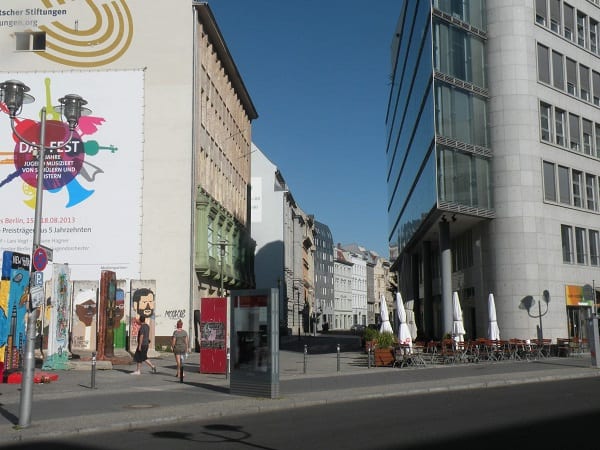
Modernized and open streets in former occupied East Berlin
Planning a trip to Berlin could also coincide with the 25th anniversary of the fall of the wall with remembrances planned for November 9, 2014. One thousand white balloons will be strung along a temporary wall to light it up and shine into the sky. Facebook/visitBerlin has current information about the remembrance events.
Berlin is now a vibrant city and its past is still part of its future.
www.VisitBerlin.de
Facebook/VisitBerlin

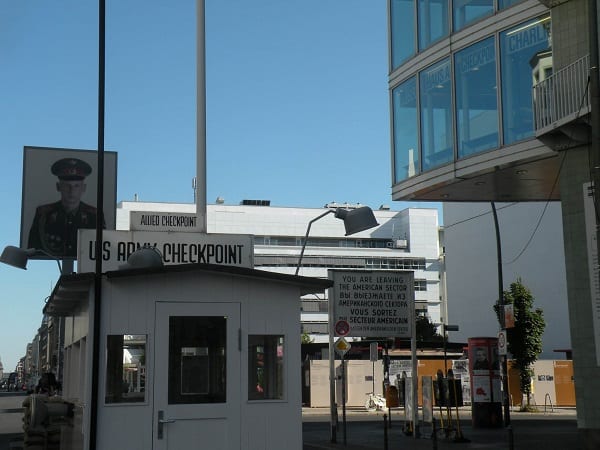
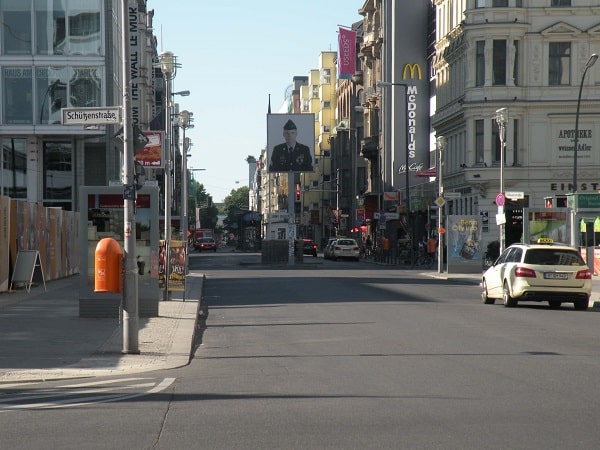
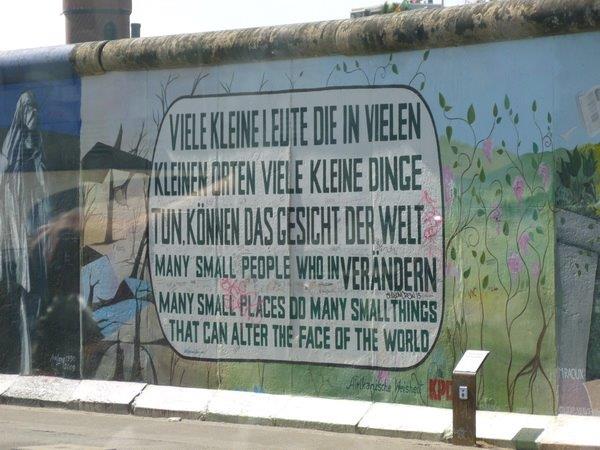
 A Cold War Tour of Berlin – The Best Sites for History Buffs
A Cold War Tour of Berlin – The Best Sites for History Buffs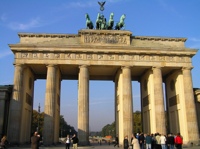 Travel to Berlin, Germany – Episode 40
Travel to Berlin, Germany – Episode 40 24 Hours in Berlin, Germany
24 Hours in Berlin, Germany 10 Crucial Things to Know Before Going to Berlin, Germany
10 Crucial Things to Know Before Going to Berlin, Germany
